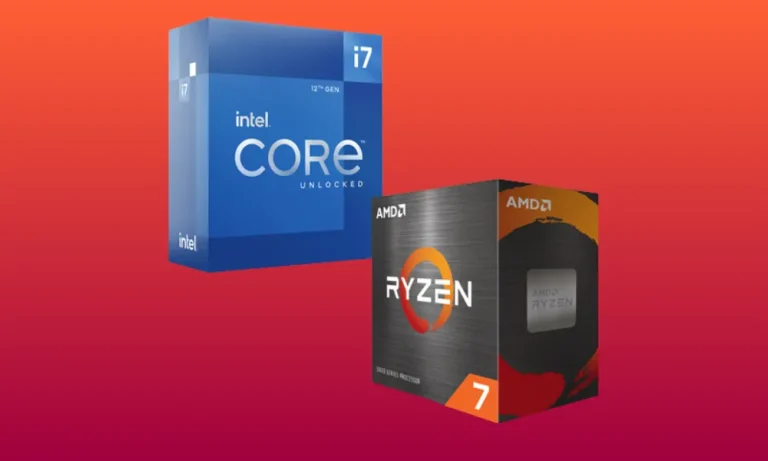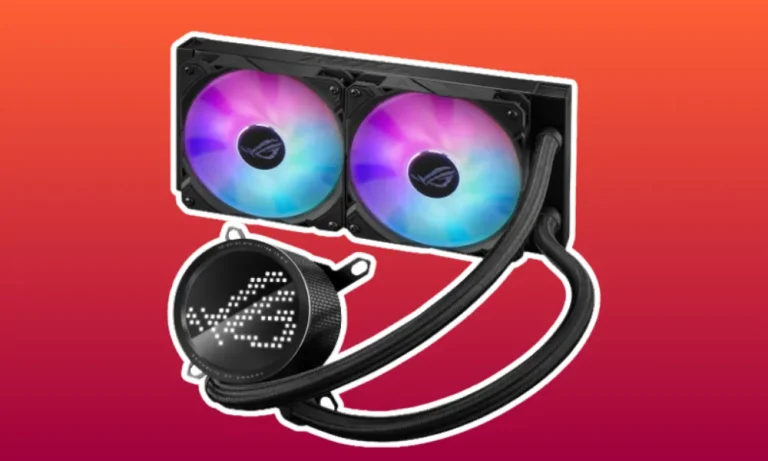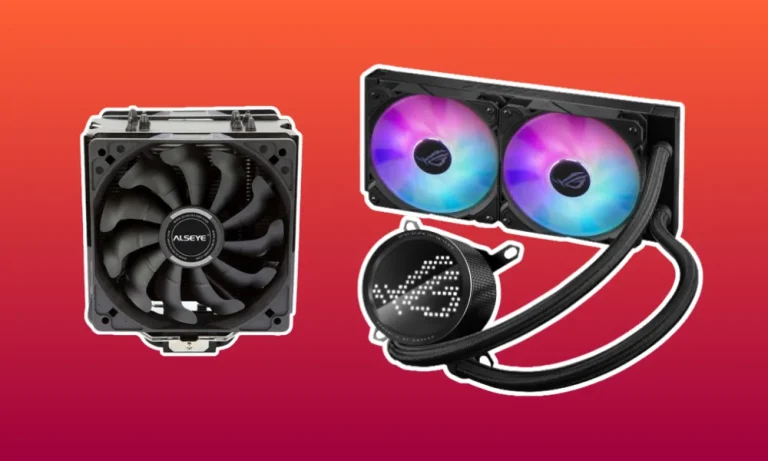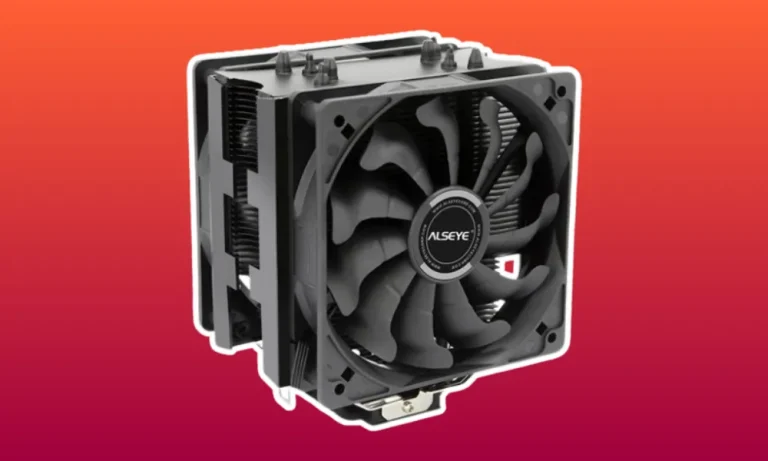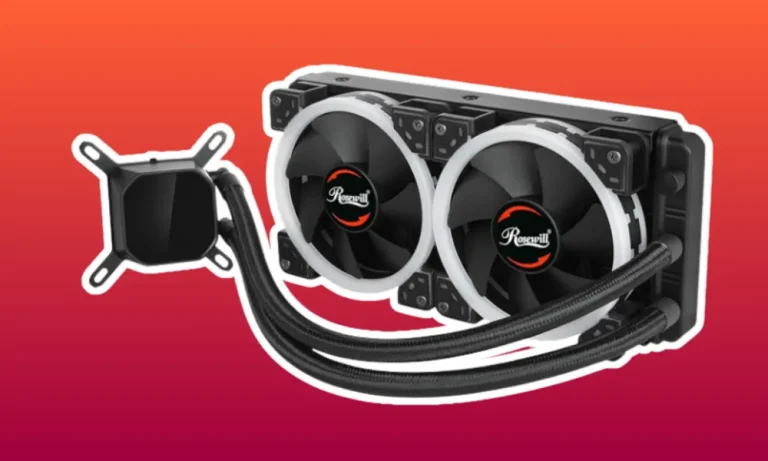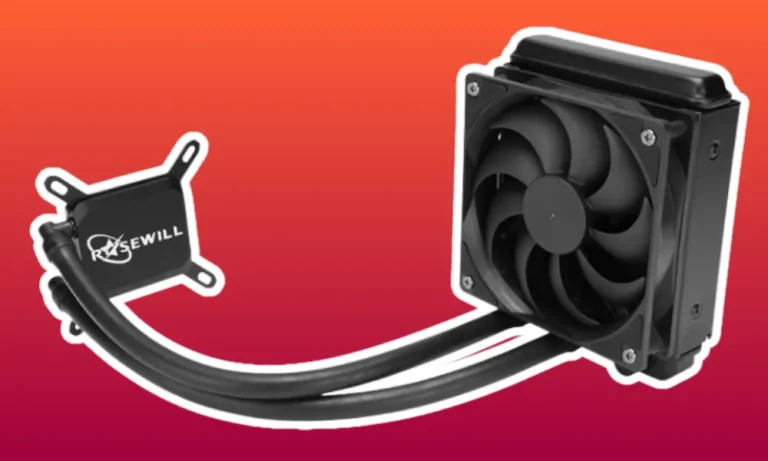Is a Stock Cooler Good Enough to Keep Your PC Cool?
You’ve just built your dream PC, but now you’re wondering if the stock cooler that came with your processor can handle the heat. Well, fear not! In this blog post, we’ll dive into the world of stock coolers, their pros and cons, and whether they can keep your PC cool under pressure.
Pros and Cons of Stock Coolers
When it comes to cooling your PC, stock coolers have their own set of advantages and disadvantages. Let’s take a closer look at them.
Advantages of using a stock cooler:
- Cost-effective solution: One of the biggest advantages of stock coolers is that they come free with your processor. This means you don’t have to spend any extra money on a separate cooling solution.
- Convenient and hassle-free installation: Stock coolers are designed to be compatible with the specific CPU they come with, making installation a breeze. You don’t need to worry about compatibility issues or complex installation procedures.
- Compatibility with most CPUs: Stock coolers are engineered to fit a wide range of processors, making them a versatile choice. Whether you have an Intel or AMD CPU, chances are the stock cooler will work just fine.
Disadvantages of using a stock cooler:
- Limited cooling performance: Stock coolers are designed to provide adequate cooling for normal usage scenarios. However, they might struggle to handle heavy workloads or prolonged gaming sessions, resulting in higher temperatures.
- Noisy operation under heavy loads: Due to their compact design and smaller fans, stock coolers can generate more noise when the CPU is under heavy load. This can be distracting, especially for users who prefer a quieter computing experience.
- Inadequate for overclocking: If you’re into overclocking, a stock cooler might not be sufficient. Overclocking pushes the CPU beyond its default speed, resulting in increased heat generation. Stock coolers generally lack the cooling capacity required for effective overclocking.
Understanding PC Temperature and Cooling Needs
To ensure optimal performance and longevity of your PC, it’s important to understand the temperature range at which it operates best.
Ideal temperature range for a PC:
The ideal temperature range for a PC typically falls between 30 to 50 degrees Celsius (86 to 122 degrees Fahrenheit). This range ensures that the components are operating within safe limits without risking damage from overheating or excessive cooling.
Factors influencing PC temperature:
Several factors influence the temperature of your PC, including:
- Ambient temperature: The temperature of the room or environment where your PC is located plays a significant role. High ambient temperatures can lead to increased internal temperatures, putting more strain on the cooling system.
- Workload: The type and intensity of tasks you perform on your PC can impact the temperature. Resource-intensive activities like gaming or video editing tend to generate more heat, requiring better cooling solutions.
- PC configuration: The components in your PC, such as the processor, graphics card, and storage drives, generate heat during operation. The cooling system needs to effectively dissipate this heat to maintain optimal temperatures.
Cooling requirements for different PC usage scenarios:
The cooling requirements of a PC can vary based on usage scenarios. Here are a few examples:
- Everyday tasks: For basic web browsing, document editing, and multimedia consumption, a stock cooler or a basic air cooler should suffice. These tasks generally don’t put a heavy load on the CPU or GPU.
- Gaming and multimedia: Gaming and multimedia tasks put a significant strain on the CPU and GPU, resulting in increased heat generation. To maintain optimal temperatures, consider using an aftermarket air cooler or a liquid cooler for better heat dissipation.
- Overclocking and high-performance computing: Overclocking pushes the components to operate beyond their default specifications, resulting in higher heat output. In such scenarios, a high-performance aftermarket cooler is essential to prevent overheating and ensure stability.
Performance Comparison: Stock Cooler vs. Aftermarket Cooler
When it comes to keeping your PC cool, the choice between a stock cooler and an aftermarket cooler can significantly impact the temperature and performance of your system.
Temperature differences between stock coolers and aftermarket coolers:
Stock coolers, which come bundled with your CPU, are generally designed to provide basic cooling capabilities.
On the other hand, aftermarket coolers are specifically engineered to deliver superior cooling performance. As a result, the temperature differences between the two can be quite substantial.
Cooling performance during idle and under heavy loads:
During idle or light usage, both stock coolers and aftermarket coolers can maintain acceptable temperatures.
However, under heavy workloads or intense gaming sessions, the limitations of stock coolers become evident. They might struggle to dissipate heat effectively, leading to higher temperatures and potential performance throttling.
In contrast, aftermarket coolers excel at heat dissipation, keeping your CPU and other components at lower temperatures even under heavy loads. This not only ensures optimal performance but also reduces the risk of thermal throttling, which can cause performance drops.
Showcase of benchmark results:
Benchmark results consistently highlight the benefits of using aftermarket coolers. In various tests, aftermarket coolers have demonstrated significantly lower temperatures compared to stock coolers.
This translates to enhanced stability, longer component lifespan, and the ability to push your system to its maximum potential without worrying about overheating.
Whether you’re a casual user, a gamer, or an overclocking enthusiast, investing in an aftermarket cooler can provide tangible benefits.
Not only will it keep your PC running cooler and quieter, but it will also unlock the potential for better performance and longevity.
Factors to Consider When Choosing a Cooler
When it comes to choosing a cooler for your PC, several factors come into play. Understanding these factors will help you make an informed decision between a stock cooler and an aftermarket cooler that best suits your needs.
Budget constraints:
Budget is an essential consideration when choosing a cooler. Stock coolers, being included with your CPU, are cost-effective and can get the job done for basic usage scenarios.
On the other hand, aftermarket coolers offer superior cooling performance but come at a higher price point. Assessing your budget and weighing it against your cooling requirements is crucial.
PC usage scenarios:
Consider how you use your PC. If you primarily engage in everyday tasks like web browsing, document editing, and multimedia consumption, a stock cooler might suffice.
However, if you’re into gaming, video editing, or other resource-intensive tasks, investing in an aftermarket cooler is recommended.
These tasks generate more heat, and a better cooling solution will ensure optimal performance and longevity.
Overclocking requirements:
If you have plans to overclock your CPU, an aftermarket cooler becomes a necessity. Overclocking increases the heat output of the CPU, requiring a robust cooling solution to maintain stable temperatures.
Stock coolers often struggle to handle the additional heat generated during overclocking, which can lead to thermal throttling and performance drops.
Noise tolerance level:
Consider your tolerance for noise. Stock coolers, being designed with a balance between cooling performance and noise levels, generally operate quietly.
However, aftermarket coolers offer better cooling capabilities, often at the expense of higher noise levels. If you’re sensitive to noise or prefer a quieter system, look for aftermarket coolers that prioritize noise reduction.
Tips to Enhance Stock Cooler Performance
While aftermarket coolers offer superior cooling performance, there are practical tips you can implement to improve the efficiency of your stock cooler and maximize its cooling capabilities.
Proper cable management:
One of the simplest yet often overlooked ways to enhance stock cooler performance is through proper cable management.
Ensuring that cables inside your PC case are neatly organized and away from the CPU cooler improves airflow.
This allows cool air to reach the cooler more effectively, reducing temperatures and improving cooling efficiency.
Adequate case airflow:
Optimizing case airflow is crucial for efficient cooling. Make sure your PC case has adequate airflow by installing case fans strategically.
Positioning intake fans at the front of the case and exhaust fans at the rear or top help create a steady flow of cool air and expel hot air effectively. This promotes better cooling for your stock cooler.
Regular cleaning and maintenance:
Over time, dust and debris can accumulate on the stock cooler and impede its cooling performance. Regularly cleaning the cooler and removing any dust buildup improves airflow and prevents heat from being trapped.
Additionally, cleaning the case fans and ensuring they are free from obstructions helps maintain optimal cooling efficiency.
FAQs: Is a Stock Cooler Good Enough to Keep Your PC Cool?
Can a stock cooler effectively cool my CPU during normal usage?
Yes, a stock cooler is typically designed to handle the cooling needs of a CPU under normal usage scenarios.
Will a stock cooler be sufficient for gaming or resource-intensive tasks?
While a stock cooler can handle basic gaming and resource-intensive tasks to some extent, an aftermarket cooler is recommended for optimal cooling performance during prolonged and demanding sessions.
Can a stock cooler handle overclocking?
Stock coolers are not specifically designed to handle overclocking. If you plan to overclock your CPU, investing in an aftermarket cooler is essential to maintain stable temperatures.
How does ambient temperature affect the performance of a stock cooler?
High ambient temperatures can put additional strain on a stock cooler, leading to higher CPU temperatures. In such cases, an aftermarket cooler may be necessary to ensure efficient cooling.
Are there any drawbacks to using a stock cooler?
While stock coolers are cost-effective and come bundled with CPUs, they often prioritize cost and noise levels over cooling performance. This can result in higher temperatures and potential thermal throttling, especially in demanding scenarios.
Conclusion
While a stock cooler can adequately cool your PC under normal usage scenarios, its performance may fall short when faced with demanding tasks, overclocking, or high ambient temperatures.
Investing in an aftermarket cooler can provide better cooling efficiency and ensure optimal performance, especially for gaming or resource-intensive tasks.

